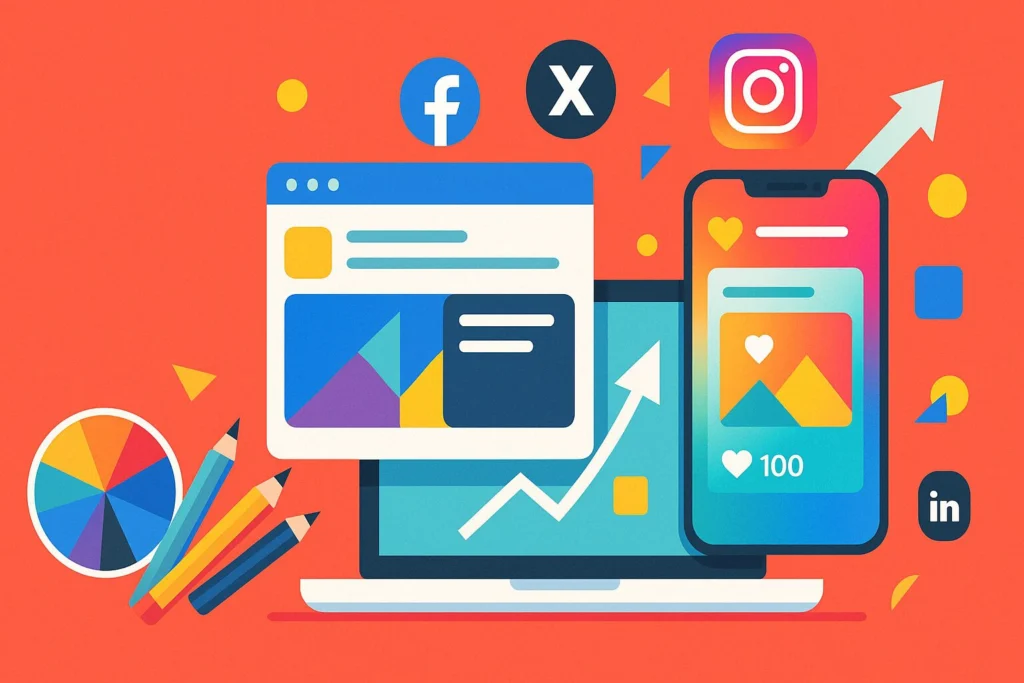LinkedIn, founded in 2003 by Reid Hoffman, swiftly grew from a modest professional network into a global platform boasting over 200 million members by 2012. Its innovations include launching the Influencer program and a publishing platform in 2012, greatly expanding user engagement through multimedia content like videos and advanced functionality. By facilitating connections across over 200 countries, LinkedIn promotes extensive global professional interaction. It continued enhancing user experience through improved design and personalized features, aiming to meet the evolving needs of professionals everywhere. Understanding its journey further illustrates the strategic advancements that have equipped users to maximize their professional engagements.
Key Takeaways
- LinkedIn was founded in 2003 by Reid Hoffman, focusing on professional networking and career development.
- By 2012, the platform expanded to over 200 million members globally.
- Introduced the Influencer program and a publishing platform in 2012 to boost user engagement through expert insights and long-form content.
- Continuous feature enhancements included multimedia capabilities, major redesigns, and visual content options to improve user interaction and personal branding.
- Future strategies involve integrating AI for personalized networking and professional growth, emphasizing advanced connectivity and skill enhancement.
Early Beginnings and Growth
LinkedIn, founded in 2003 by Reid Hoffman, rapidly evolved from a nascent professional networking platform to a global community with over 200 million members by 2012. Initially conceived as a means for professionals to connect and enhance their career prospects, the platform saw exponential growth as it tapped into a universal need for industry-specific networking and employment opportunities.
The platform's growth can be attributed to its strategic focus on user engagement. By facilitating a space where job seekers, employers, and industry leaders could interact, LinkedIn guaranteed that each user found value, whether it was in discovering job opportunities, recruiting talent, or sharing industry insights. This targeted approach helped in retaining users and encouraging active participation, which in turn fueled further growth.
Chronologically, LinkedIn's expansion followed a path of enhancing user engagement through continuous improvements in connectivity and user interface. As the user base grew, the increasing volume of connections and interactions created a network effect, attracting more users and encouraging a cycle of engagement and growth.
Expanding Features and Tools
As the platform evolved, LinkedIn introduced the Influencer program in 2012, marking a strategic expansion of features designed to enhance professional engagement and content dissemination. This initiative invited renowned industry experts to share valuable insights, thereby enriching the knowledge base accessible to LinkedIn users. This move was pivotal in transforming LinkedIn from a mere networking site into a robust content-sharing platform.
Following the Influencer program, LinkedIn launched a publishing platform that allowed users to publish long-form articles. This feature was tailored to showcase their professional expertise, greatly enhancing user experience and positioning LinkedIn as a thought leadership hub. The addition of multimedia content capabilities, such as videos and presentations, further diversified the ways users could share and engage with content, making the platform more interactive and visually appealing.
These enhancements were underpinned by continuous improvements in site usability through major redesigns. These redesigns not only enhanced the aesthetic appeal but also introduced advanced search capabilities, making it easier for users to find relevant connections and content efficiently. This evolution in features and tools demonstrated LinkedIn's commitment to providing an enhanced user experience and advanced functionalities, continually adapting to the needs of its professional audience.
Impact on Global Networking
The expansive reach of LinkedIn, encompassing over 200 countries and territories, has greatly transformed global professional networking dynamics. Since its inception, LinkedIn has grown to over 700 million users, serving as a pivotal platform for fostering professional connections across diverse cultural backgrounds. This surge in membership has catalyzed the evolution of networking strategies that are inclusively global in scope, emphasizing the significance of cross-cultural interactions and collaborations.
LinkedIn's role in promoting global collaboration is evident in its various features that enable professionals to connect, share, and learn from each other irrespective of geographical boundaries. The platform's commitment to diversity and inclusivity has further enhanced its impact on global networking. By providing tools and resources that transcend local and national confines, LinkedIn has facilitated a unique environment where ideas and professional practices can be exchanged freely and innovatively.
This global networking effect has not only increased professional opportunities but has also led to richer, more diverse professional ecosystems. As professionals engage with peers from different cultural and professional backgrounds, they gain insights that are essential for global business success and innovation. LinkedIn's influence extends beyond individual career growth to shaping the very fabric of global business practices.
Innovations in Content Delivery
Building on its role in global networking, LinkedIn has also transformed the way professionals share and consume content through its introduction of visual content options like images and videos. This strategic shift has harnessed the power of visual storytelling to enhance user engagement and redefine professional branding on the platform.
Initially, LinkedIn focused primarily on text-based content, which catered to formal professional updates and networking. However, recognizing the growing demand for more dynamic and engaging content formats, LinkedIn began incorporating multimedia elements.
The inclusion of these visual and multimedia options enabled users to:
- Illustrate their professional achievements through vivid imagery and video presentations, making their accomplishments more tangible and relatable.
- Enhance their personal brand by crafting compelling narratives around their skills and experiences, delivered through multimedia storytelling.
- Engage more deeply with their network, as visually appealing posts are more likely to capture attention and provoke interaction.
- Share detailed insights of projects and work experiences via presentations, allowing for a richer, more informative content sharing experience.
These innovations have not only enhanced the level of engagement but have also provided a robust framework for users to present their professional journeys in a more impactful manner.
Future Outlook and Predictions
Looking ahead, LinkedIn plans to enhance user experience by integrating more personalized networking features and AI-driven recommendations, setting the stage for a more tailored and efficient professional engagement. As the platform evolves, it will continue to introduce cutting-edge technologies that refine how professionals connect and interact, ensuring that every user can leverage their digital presence for career advancement and skill enhancement.
The table below illustrates the emotional and practical impacts of these upcoming changes on users:
| Impact Type | Description |
|---|---|
| Emotional Impact | Enhanced feelings of connectivity and belonging within industries |
| Professional Growth | Opportunities for career advancement through tailored connections |
| Personalized Experience | Users experience a platform that feels uniquely responsive to their needs |
| Networking Efficiency | Quicker, more relevant connections made possible by AI |
| Brand Enhancement | Improved tools for personal brand development on the platform |
Frequently Asked Questions
How Successful Is Linkedin Networking?
LinkedIn's networking effectiveness has greatly influenced job placements, connecting professionals globally. Analyzing trends, its strategic tools enhance user interactions, systematically boosting career opportunities and establishing it as a pivotal platform in professional networking evolution.
Is Linkedin Is the World's Largest Professional Network?
Yes, LinkedIn is the world's largest professional network, characterized by extensive user demographics and significant global reach, serving over 700 million users across various industries and professions since its inception in 2003.
Is Linkedin Mainly for Professional Networking?
Yes, LinkedIn is primarily used for professional networking, focusing on user demographics ranging from young professionals to industry veterans. However, privacy concerns highlight the need for careful personal information management on the platform.
How Has Linkedin Evolved?
LinkedIn has expanded greatly, improving its interface for user engagement and diversifying its subscription models to include premium benefits, thereby broadening its utility beyond mere networking to a thorough professional development and resource platform.
Conclusion
To summarize, LinkedIn has undergone a substantial transformation over the past decade, shifting from a basic professional network to a robust platform integrating advanced features and tools.
This evolution has enabled unparalleled global networking opportunities, reshaping professional interactions and content dissemination.
As the platform continues to innovate, it is expected to further impact global business practices and professional development, potentially leading to more integrated and intuitive user experiences in the future.




